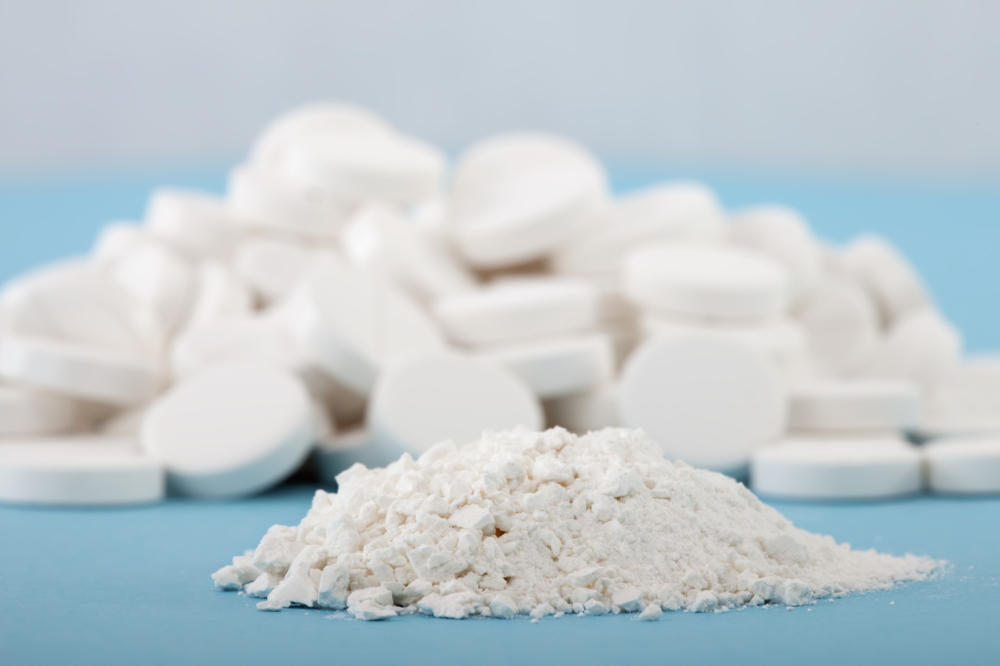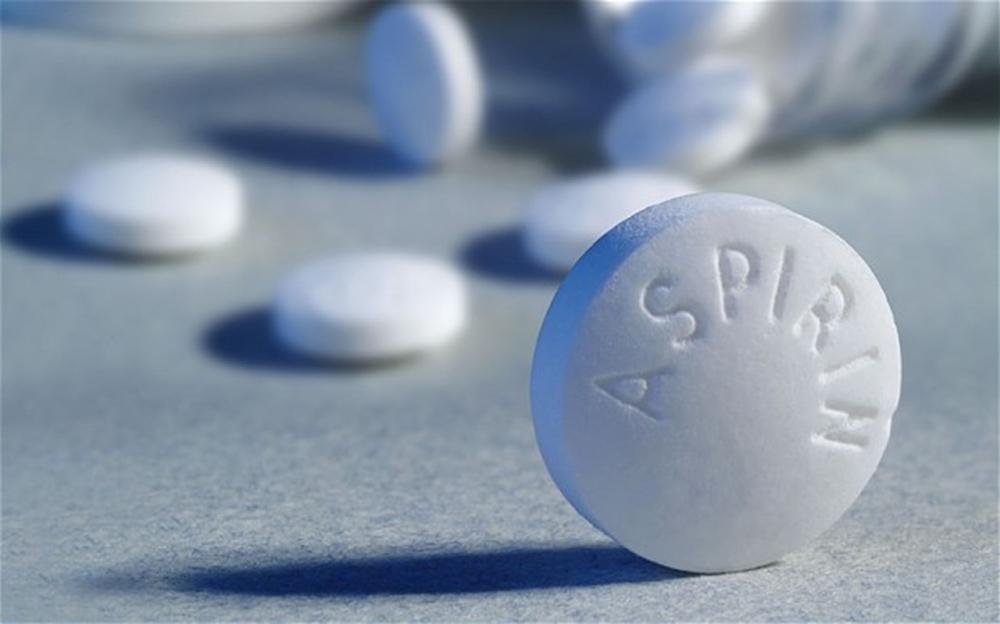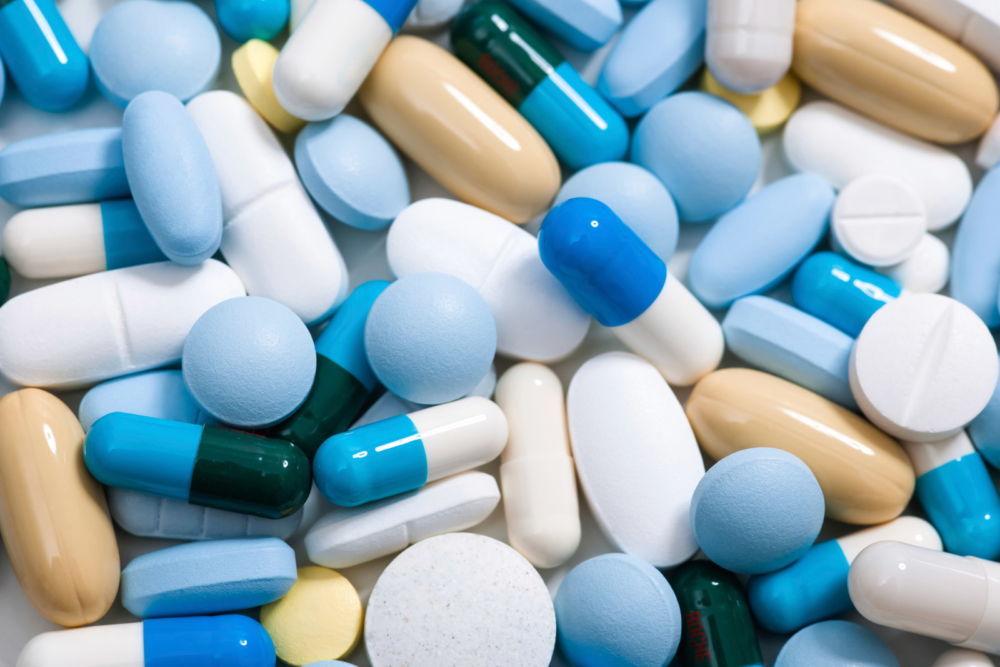What helps acetylsalicylic acid and what is this medicine? At the time of alchemy, decoction of oak bark was used in the treatment of fever, inflammatory processes, and for pain relief. With the development of chemistry, a substance called acetylsalicylic acid (abbreviated ASA) or aspirin was isolated and purified from impurities from the plant. This drug has not lost relevance in the modern world and is successfully used to treat children, adults and elderly people from various diseases.
Material Content:
The composition of the drug
Acetylsalicylic acid (ASA) is an air fine needle powder, it dissolves well, especially when heated - this property underlies the manufacture of effervescent and soluble tablets.
In addition to these forms, they are released in capsules, film and "buffer" enteric coating, as chewable tablets to patients of childhood. The concentration of the active element is from 30 to 500 mg with a small intermediate breakdown. Since tablets produced with a special coating do not involve division, their purpose is to dissolve the drug without harming internal organs.
Acetylsalicylic acid tablets are produced with a dose of: 250 mg, 500 mg for adults and 100 mg for children (with a risk).
What helps acetylsalicylic acid
ASA belongs to the class of non-steroidal anti-inflammatory drugs (NSAIDs), which makes the indications for use as an antipyretic, analgesic and anti-inflammatory agent versatile. Aspirin helps to relieve fever with a cold, improve the general condition, relieve neuralgic, rheumatic, toothache, headaches.
The anti-inflammatory effect of the drug is to reduce the permeability of capillaries, which limits the supply of the inflammatory process with energy for its further development and distribution, regulation of the biological synthesis of prostaglandins that affect the bronchial function.
The antipyretic ability of ASA is explained by its effect on areas of the brain that regulate body temperature.
The analgesic effect is due to the effect on the centers responsible for the pain threshold of sensitivity, as well as a decrease in peripheral inflammatory processes.
Aspirin is prescribed as an independent treatment or in combination. The pharmaceutical industry produces complex preparations with aspirin: Citramon, Coficil, Asfen, Askofen.
Instructions for use and dosage
Instructions for the use of acetylsalicylic acid contain the rules for admission, dosage for various diseases:
Adults:
- with colds, neuralgia, migraines appoint from 0.25 to 1.0 g to 4 times a day;
- with rheumatism, rheumatoid arthritis, infectious-allergic myocarditis, the treatment is delayed indefinitely, the medicine is taken up to 3.0 g per day 3-4 times.
For children with various diseases, the drug is calculated by age and weight.
For the prevention of heart attack, disorders associated with the formation of blood clots, the dosage and dosage regimen is prescribed by the attending physician.
During pregnancy and lactation
Based on experimental studies, reliable information has been accumulated on the negative effects of aspirin on fetal development in the first 3 months of pregnancy. The teratogenic effect of the drug can cause deformities or other abnormalities of the growing embryo.
When taking the medicine of a nursing mother, it is necessary to transfer the infant to artificial feeding in order to exclude the ingestion of ASA into the baby's body with milk.
Drug interaction
In the treatment of ASA, its interaction and the effect of simultaneous administration with certain drugs are taken into account.
There is an activation from sharing:
- with blood thinning anticoagulants (heparin, coumarin);
- with drugs that lower blood sugar concentration (sulfonylurea derivatives).
The likelihood of bleeding during mixing increases:
- with alcoholic drinks;
- corticosteroid and non-steroidal anti-inflammatory drugs.
Weakens the activity of drugs:
- diuretics;
- inhibiting the formation and removal of stones;
- diuretics with potassium-sparing properties.
Contraindications, side effects and overdose
Side effects from taking the medicine are expressed in the following signs:
- profuse sweat, especially at night;
- the occurrence of tinnitus, hearing loss;
- Quincke's edema, manifested in a sharp local edema of the mucous membrane and the surface of individual organs;
- redness, itching, urticaria;
- uncontrolled long-term use leads to the formation of ulcers, functional disorders, bleeding.
Softens the negative impact of ASA its use in a crushed form, after eating, with plenty of water, milk. Mineral water with a high concentration of alkaline ions or a solution of baking soda neutralize the irritating effects. In imported products, special buffering components are added to the composition.
Contraindications for taking the drug are:
- digestive system ulcers;
- "Aspirin" asthma;
- hives;
- hemophilia;
- impaired renal and hepatic function.
With prolonged use and high concentrations, the following symptoms are possible:
- shortness of breath, nausea, vomiting;
- tinnitus, dizziness, unrelated speech, depression of consciousness, coma;
- impaired coordination of movements, heart rate.
It is necessary to induce vomiting, rinse the stomach, in severe cases, seek medical help.
Analogs of NSAIDs
Analogues of non-steroidal anti-inflammatory drugs are salicylates, with the general properties of lowering fever, quenching pain and extinguishing foci of inflammation. The anti-inflammatory effect comes first, compared with antipyretic analgesics.
Analogs of NSAIDs from the group of salicylates, to which ASA belongs, are: sodium salicylate, mesalazine, salicylamide, methyl salicylate, acecelisine (a mixture of DL - lysine and acetylsalicylate 9: 1). They are produced for injection, released in bottles.
Replace ASA with analog drugs according to the recommendations of the attending physician.
The abundance of synonyms of the drug indicates its wide distribution and treatment effectiveness. Analogs of acetylsalicylic acid (aspirin): Colpharit, Aspro S, Aspirin UPSA, etc. All these drugs differ in dosage and form of release.
Acetylsalicylic acid is an effective drug that has been successfully practiced for many years. Low cost makes it a budget drug available to all segments of the population. Proper reception in compliance with the dosages and directions according to the instructions will help to avoid side effects and recover in a short time.


















